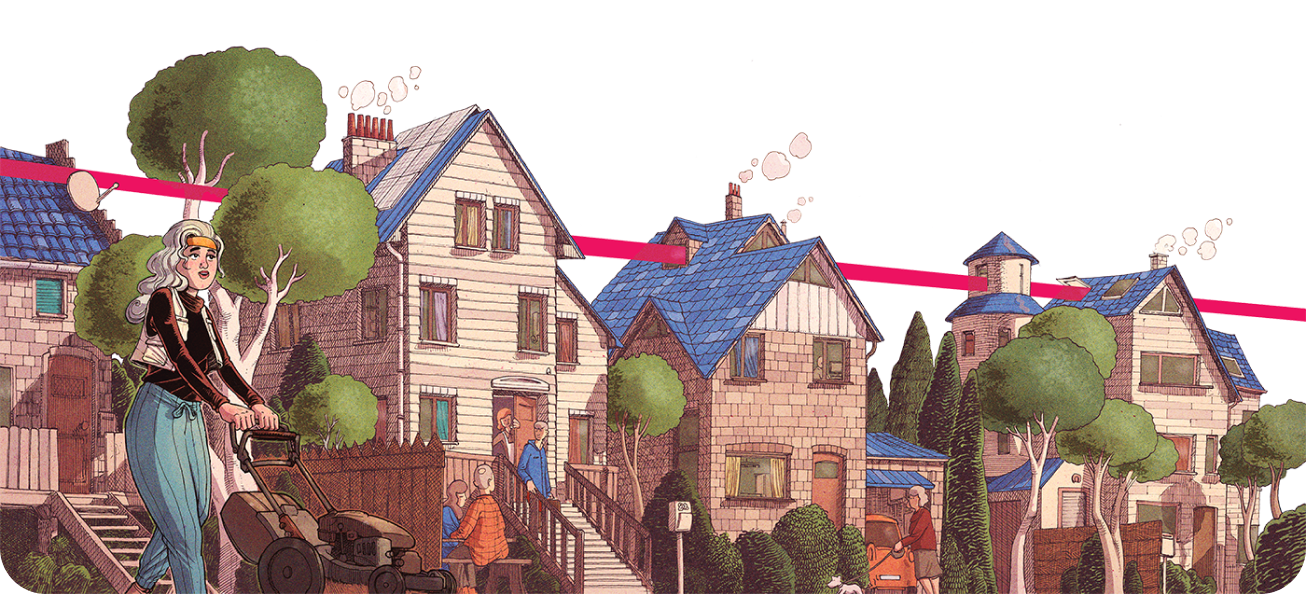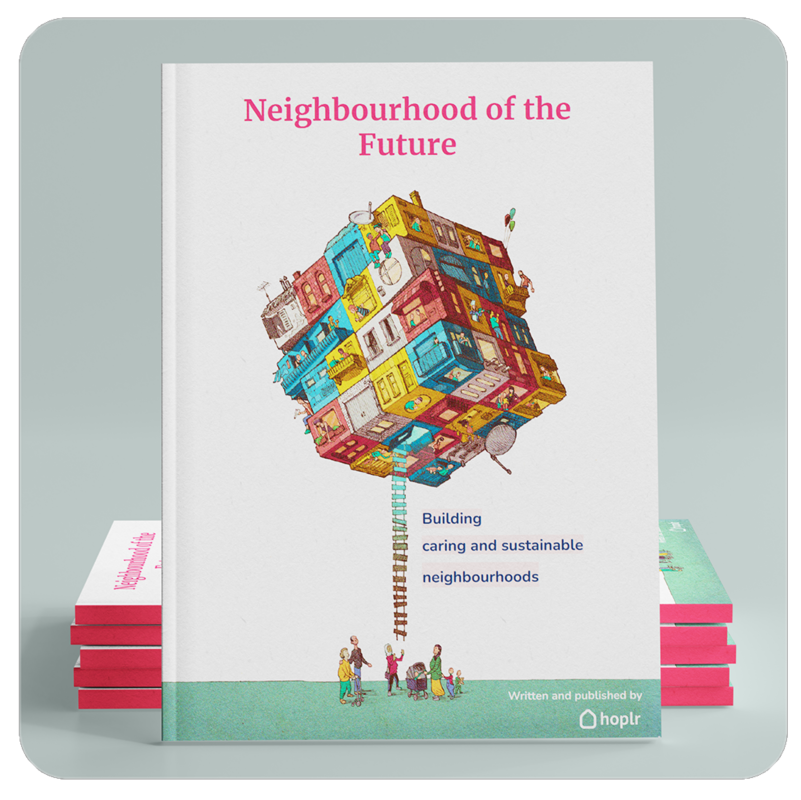
Contact with our neighbours is different than before. We have less personal contact. But that does not mean that our neighbourhood has become less valuable. The neighbourhood is bursting with friendly residents and helpful people who are ready to help vulnerable others. There are plenty of neighbours who want to increase involvement in order to work together on local problems. But this social capital often remains untapped. Here lies the big challenge: how do we ensure that people in the neighbourhood make use of this by meeting, getting to know, helping and supporting each other in order to tackle social challenges?
In warm and safe neighbourhoods, residents take care of each other by keeping an eye on things, offering social support and providing informal help. For those who cannot rely on friends or family, the neighbourhood is the network of social relationships and support. It is therefore important to invest in the neighbourhood. To give people in the neighbourhood the opportunity to be involved, participate and help each other where necessary. This contributes to the well-being of all residents. This way they can live at home longer, they feel less lonely and we create a safer neighborhood. This encourages people to participate in the neighbourhood.
Are you looking for ways to build community in your neighbourhood and thus make better use of social capital?
Download our 'Neighbourhood of the Future' guide and discover why the formula "potential ⨉ access = social capital" creates caring and sustainable neighbourhoods. This approach will help you get started with the value in your neighbourhood.
Residents would like to help improve the neighbourhood, especially in neighbourhoods where people interact well with each other. Neighbours in such neighbourhoods are more involved in the community and the rules in their neighbourhood. They are more likely to come up with ideas themselves, do volunteer work and participate in projects organized by their local residents, organizations and the government. The more people have access to this social capital, the better the neighbourhood is able to tackle social challenges itself. The neighbourhood thus becomes a resilient ecosystem that is more resistant to external threats, such as a pandemic, a food or energy crisis or a natural disaster.
But reaching and utilizing social capital in different neighbourhoods is quite difficult. Because how do you map this out to understand and strengthen neighbourhood cohesion? You will discover the answer to this question in the guide “Neighbourhood of the Future”. It contains 60 pages full of clear concepts and practical tips. Here you will also find the formula for caring and sustainable neighbourhoods, allowing you to use the social capital of your neighbourhood from now on. You will receive it by completing the form below.
